Life in Japan – A View from the Top
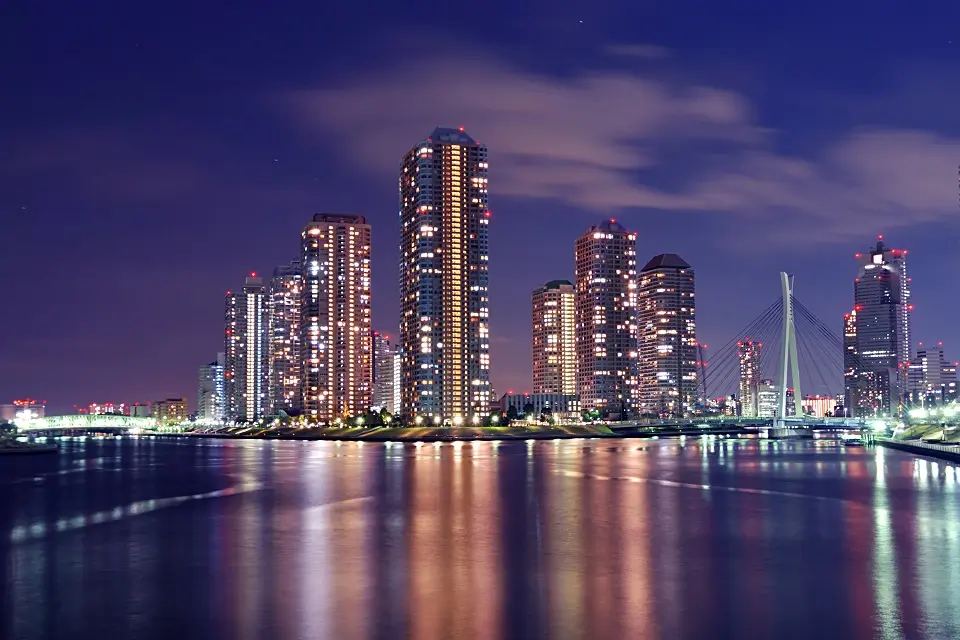
If you are going to live in Japan for the first time, you might observe things that may be quirky or surprising.
I am Japanese and grew up in America, but I have been living here for nearly twenty years. Growing up, I used to visit Japan almost every summer, so I have seen Japan change — with some things still unchanged and others completely transformed.
Highly Developed Infrastructure, Along with Places with The Shadows of the Past

In Japan, foreigners find some things cool, annoying, and strange. A country that has morphed into a high-tech economic powerhouse where even the rural areas are much more modern than most countries, some things still lag in the urban areas. Even in big cities, along with very modern areas, some still have the shadows of the past.
You can witness a high contrast from the bright city lights and huge monitors in Shibuya at the famous scramble kosaten (crossing) and the trendy plethora of shops and restaurants in Omotesando, to the still outdated infrastructure at some remote places.
The lack of English instructions on important documents to accommodate foreigners also creates a challenge for many foreigners.
Also, there are more escalators in some of the old stations going up, but none or very few are going down. However, for people new to Japan, you would always find an elevator by walking a bit. If you inform the railway/subway staff, they will be amazingly kind to come personally, even carrying your stuff.
Stations in major cities have improved in this regard with signs and announcements in multiple languages and more modern infrastructure, escalators, and elevators. However, the remote rural areas are yet to catch up on these aspects.
Japan is very high-tech. The efficiency of the trains, the flat panel displays vending machines, and last but not least, the washlet toilets with buttons galore like the captain’s chairs on Star Trek amazes many foreigners.
Japanese Trains and Stations
The speed of the bullet train or Shinkansen is also utterly amazing. The Nozomi, which means “hope” in Japanese, can get you from Tokyo to Osaka in less than 2 hours and 30 minutes with a speed of 300km/h or 185mph.
Tokyo station has a shop with lunch boxes (bento) from all regions of Japan with their signature ingredients packed inside and delicious. There is a Sendai bento where you pull the string, which automatically heats your food!
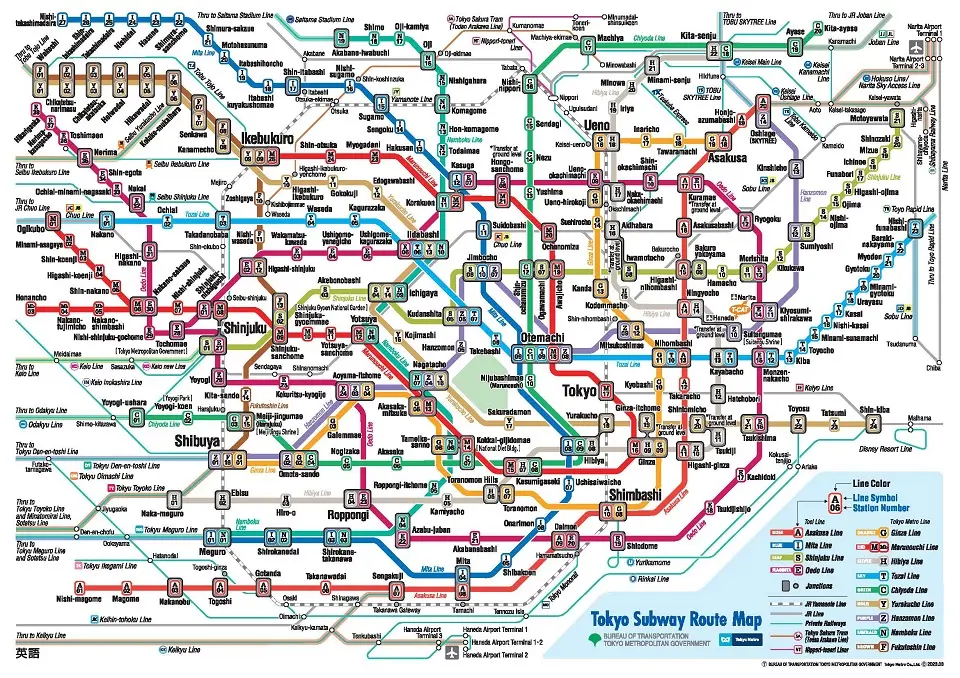
Regular trains and subways are modern and very clean, with monitors showing the stops and time needed to get from one station to another. It also shows where to get off if changing trains and other lines at a particular station is very convenient.
There are so many lines in Tokyo that if you look at a station map by the ticket kiosk, it’s as if you are looking at a medical journal page with different colored lines crossing all over the place. Nearly everyone uses an IC card (Pasmo or Suica) instead of buying a ticket. You can also use the card at vending machines and convenience stores, and it is easy to top up.
Things People Did Not Expect
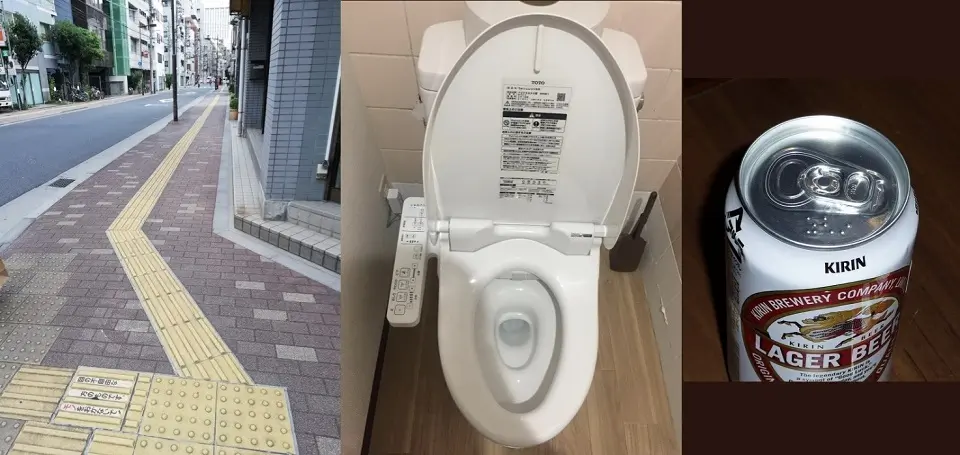
While many foreigners know about bullet trains, efficient public transport system, cleanliness, etc., they still find many things they did not expect before coming to Japan. Some of these things are as follows:
Japanese High-Tech Toilets:
I did not grow up with high-tech toilets in America when I was younger because they didn’t exist. Now, it’s something I can’t live without.
My foreign friends couldn’t believe it when they first experienced the high-tech toilets of Japan. The toilets have so many sensors and a control panel with many buttons like an aircraft. Initially, many couldn’t figure out how to use it. The automatic seat opening and closing and so many different functions left them perplexed but happy. Many wanted to buy one and take it to their home country.
Convenient Sidewalks to Drink Cans for Visually Impaired People
The sidewalks with the yellow stripe with Beaded tactile tiles to guide visually impaired individuals navigate their way.
The pathways and elevator buttons to drink cans with braille make life convenient for visually impaired people.
Public Transport Accessibility for People with Disabilities
Japan is known for its advanced and efficient public transportation system and has made considerable efforts to improve accessibility for individuals with disabilities. The public transportation facilities, including trains, buses, and subways, have been adapted to accommodate the needs of people with disabilities.
Apart from the normal features like Wheelchair accessibility, Audio guidance systems, and Priority seating, the assistance from the staff for disabled passengers is amazing. In many cases, passengers can request special assistance in advance to ensure a smoother journey.
You will frequently see railway staff taking a person in a wheelchair to the platform to help board the train. Not only that, but the staff waiting at the destination station in front of the particular door of that train compartment can make others bow their head.
No Japanese No Problem, when You are in Problem
If you are lost and need some direction, you will be amazed to experience help from strangers. Most of the time, a Japanese who may not even know your language would go out of the way to accompany you to drop you at your destination if the distance is not very far.
The Silent Mobile Phones
With everyone equipped with a smartphone, you will not hear a mobile phone ringing anywhere in a public place, including public transport to restaurants. People keep their phones in silent mode to avoid disturbing others.
Apart from the silent mode of cell phones, people do not talk on their phones in public transport, restaurants, and elevators.
The Silence in Elevators
In Japan, it is common for people to refrain from talking in elevators when strangers are present as a mark of respect and consideration for fellow passengers.
This unspoken rule stems from the strong cultural emphasis on harmony, politeness, and maintaining a sense of personal space, especially in enclosed or crowded environments.
By remaining silent, the Japanese ensure that they do not inadvertently disturb or intrude upon the comfort of others. This practice is similar to using silent mode on mobile phones in public spaces.
All these practices aim to minimize disruptions and maintain a peaceful atmosphere. As a result, these social customs contribute to the overall sense of orderliness and mutual respect highly regarded in Japanese society.
Defogging Hotel Mirrors
Fogged mirrors in the hotel bathrooms after a shower are always an irritation. If not for you, it certainly irritates the person who may use the bathroom after you. Foreigners are pleasantly surprised by the mirrors in Japan’s hotel rooms with defogging devices to remove condensation while taking a hot shower or bath.
The Crowd of Vending Machines in Japan
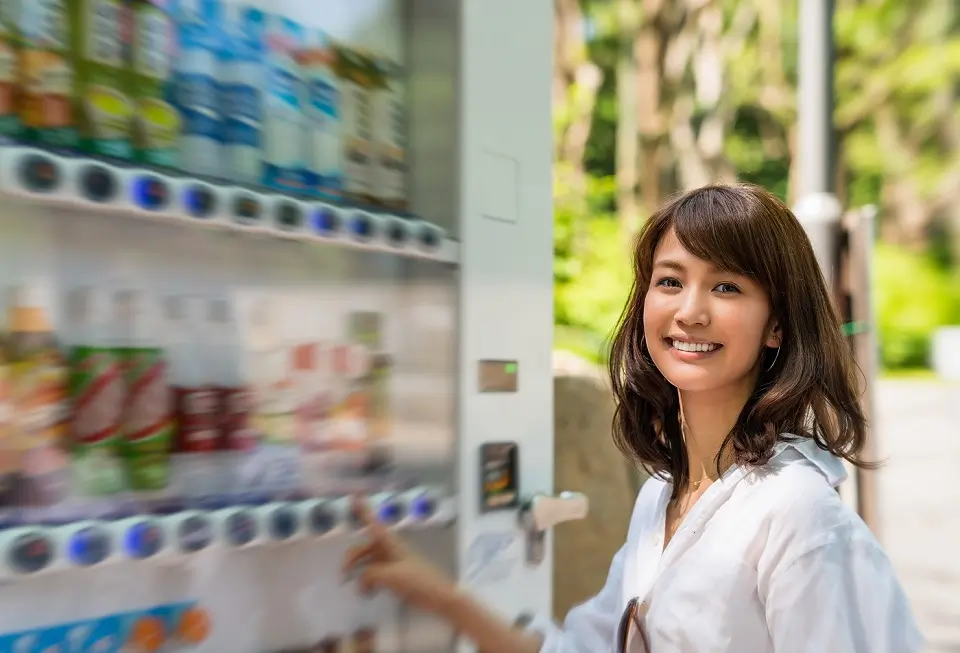
Not just the spectacular crowd of people at places like the Shibuya crossing but the sheer number and density of vending machines surprise many foreigners. Japan, with a population of 125 million, has around 4 million vending machines. Japan’s number of vending machines translates into 1 vending machine per 31 people.
Another cool thing about vending machines is that you can find those dispensing not just beverages and cigarettes but Bananas, Edible insects, cakes in a can, ramen, Katsu sandwiches, soups, women’s hygiene products, and even umbrellas.
The Umbrellas During Not Raining Days
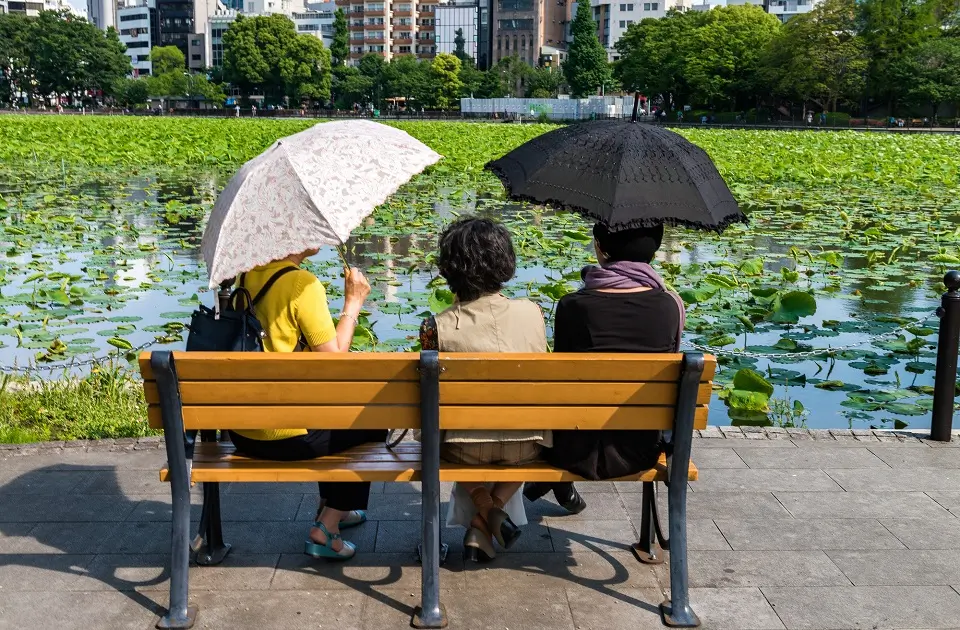
The sight of an abundance of sun umbrellas on a bright, sunny day is a common and intriguing scene in Japan, particularly for first-time visitors.
This visual spectacle is a testament to Japanese women’s heightened sensitivity and attentiveness toward the harmful effects of ultraviolet (UV) rays on their skin.
This practice, deeply rooted in Japanese culture, is not just about protecting the skin from premature aging or sunburn but also reflects the traditional preference for fair complexions. This preference for a fair complexion has long been associated with beauty and elegance in the country.
As such, the widespread use of sun umbrellas is not merely a practical measure against the sun’s harmful rays but also a cultural expression of the values and aesthetics that continue to shape Japanese society.
Average Height
Many foreigners come to Japan with the image of seeing very short people around them. However, while many old people in Japan are short, the average height of the younger generation in Japan is not.
The current average height of men in Japan is 171.8 cm, and women’s is 158.6 cm. If we compare it to the USA, where men’s average height is 175.3 cm, and women’s is 161.3 cm, you will realize that the difference is not really remarkable.
Japanese Punctuality
In Japan, punctuality is highly valued, permeating nearly all aspects of daily life, including public transportation. The Japanese train system, revered for its efficiency and precision, is a prime example of this commitment to timeliness.
Passengers can rely on trains to arrive and depart exactly as scheduled, often within seconds of the designated time. This impeccable punctuality fosters a sense of trust and confidence among commuters and visitors alike. This punctuality also ensures smooth transit and minimizes disruptions to daily routines.
Furthermore, this culture of punctuality extends beyond public transportation, influencing personal and professional interactions and reflecting the respect and consideration for others that is integral to Japanese society.
Safety in Japan
Japan is globally recognized for its exceptional safety standards, boasting one of the lowest crime rates in the world. Visitors and residents alike can enjoy the serene atmosphere of its cities and towns, where public spaces are well-maintained. Personal belongings are often left unattended without fear of theft.
The country’s comprehensive emergency preparedness plans and strict building regulations also contribute to its safety. Moreover, it ensures resilience in the face of natural disasters. Overall, Japan’s strong emphasis on safety fosters a sense of security and well-being for all who experience its unique culture and beautiful landscapes.
It also amazes many foreigners how you can walk the streets late at night. Occasionally, you will see a salaryman or office worker who had too much fun at night, sleeping on the sidewalk with a briefcase at his side, but nobody will try to steal anything.
The Valentine’s Day Smiles and the White Day
Valentine’s Day in personal life is celebrated in many countries worldwide. However, what comes as a surprise to many foreigners new to Japan is Valentine’s Day in Japanese offices.
In Japan, Valentine’s Day office practices revolve around the unique custom of women offering chocolates to their male coworkers. These chocolates are known as “giri-choco” or obligation chocolate. This tradition, distinct from the romantic exchange of chocolates between couples, serves as a gesture of appreciation and fosters camaraderie in the workplace.
Giving “giri-choco” helps maintain harmonious relationships among colleagues and demonstrates respect for their contributions. Some people argue that the practice is an additional obligation for women. However, it remains a popular and enduring part of Japanese office culture.
There has been a growing trend of “tomo-choco” (friendship chocolate) in recent years. These friendship chocolates are exchanged between female coworkers as well, expanding the celebration of Valentine’s Day to encompass a wider range of workplace relationships.
To reciprocate the gesture, male colleagues offer chocolates to their female colleagues on March 14th, called White Day.
The Convenience of Convenience Stores
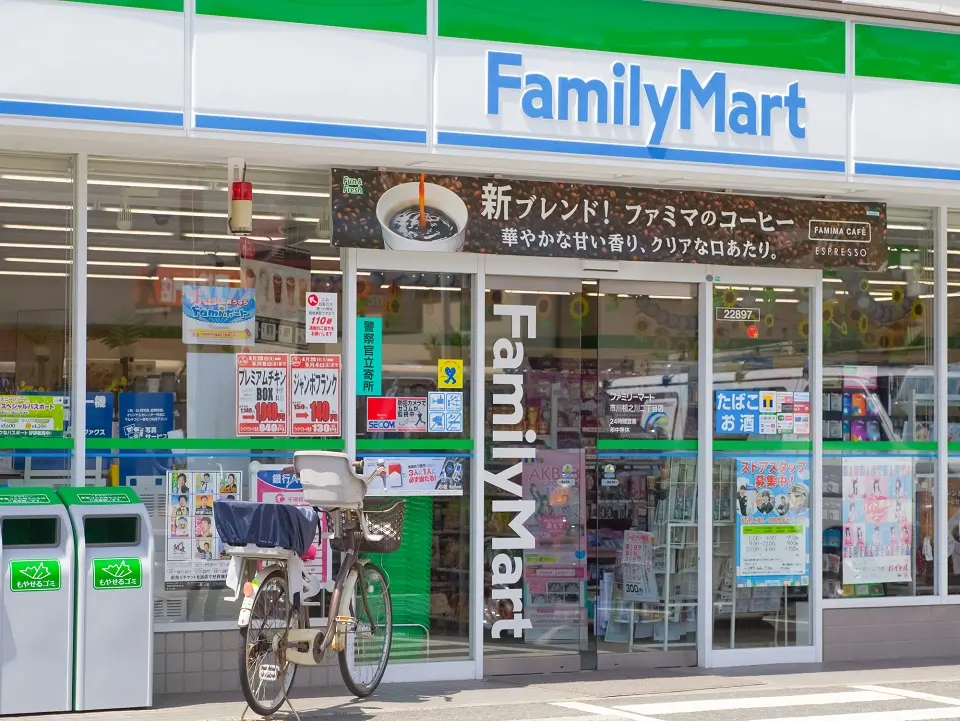
24-hour convenience stores in Japan or combini are truly convenient. It’s hard to imagine life without one, where aside from buying food and drink, you can use the ATM, charge your phone, use the copy machine, and purchase basic items like socks, toiletries, and stationery.
Highest Level of Automation, Along with Tons of Paperwork
Nearly everything is becoming automated in Japan. There are even robots scooting around in some malls, robot waiters in some restaurants, and robot-staffed hotels.
There are shops and supermarkets with cashier-less payment counters. However, not everything is quick and simple. For all the high tech, not everything is paperless and digital. Japan is still famous for a very high amount of paperwork.
While visiting a ward office, phone shop, or even some banks, you will find forms and more forms. Sometimes, there are forms to fill out before filling out the form you intend to use. You may write your name, address, and other details multiple times.
Stamps Instead of Signatures
Japan’s Hanko system is a deeply ingrained cultural tradition.
Hanko or Inkan are personal seals, typically made of wood or other materials and engraved with an individual’s name in kanji or katakana. These seals are used for authentication and approval instead of signatures for signing contracts to authorize bank transactions.
Despite the advancement of digital technology, the Hanko system holds significant importance in Japanese society. A Hanko symbolizes one’s identity and commitment to the matter at hand.
However, as Japan moves towards embracing modernization, there have been increasing calls to reevaluate the necessity of Hanko in specific contexts. This reevaluation will potentially pave the way for a more digitized and streamlined approach to authentication in the future.
Transformation, along with Traditions
Japan is safe, very convenient, and easy to travel from one place to another on public transport. Every year, there is something new and something more modern and higher-tech. However, some things have remained the same. The hard work ethic and the polite, friendly, and always helpful people of this country are the results of the Japanese culture and traditions, which are hard to change!

Native Japanese raised in the USA, Yoshinobu Takaoka returned to Japan 20 years back and is a senior finance professional with over 20 years of working experience in Japan. While being Japanese, Yoshinobu has a deep understanding of Japan and Japanese customs, growing up in the U.S. he also has a deep understanding of western culture and what makes foreigners curious about Japan.
